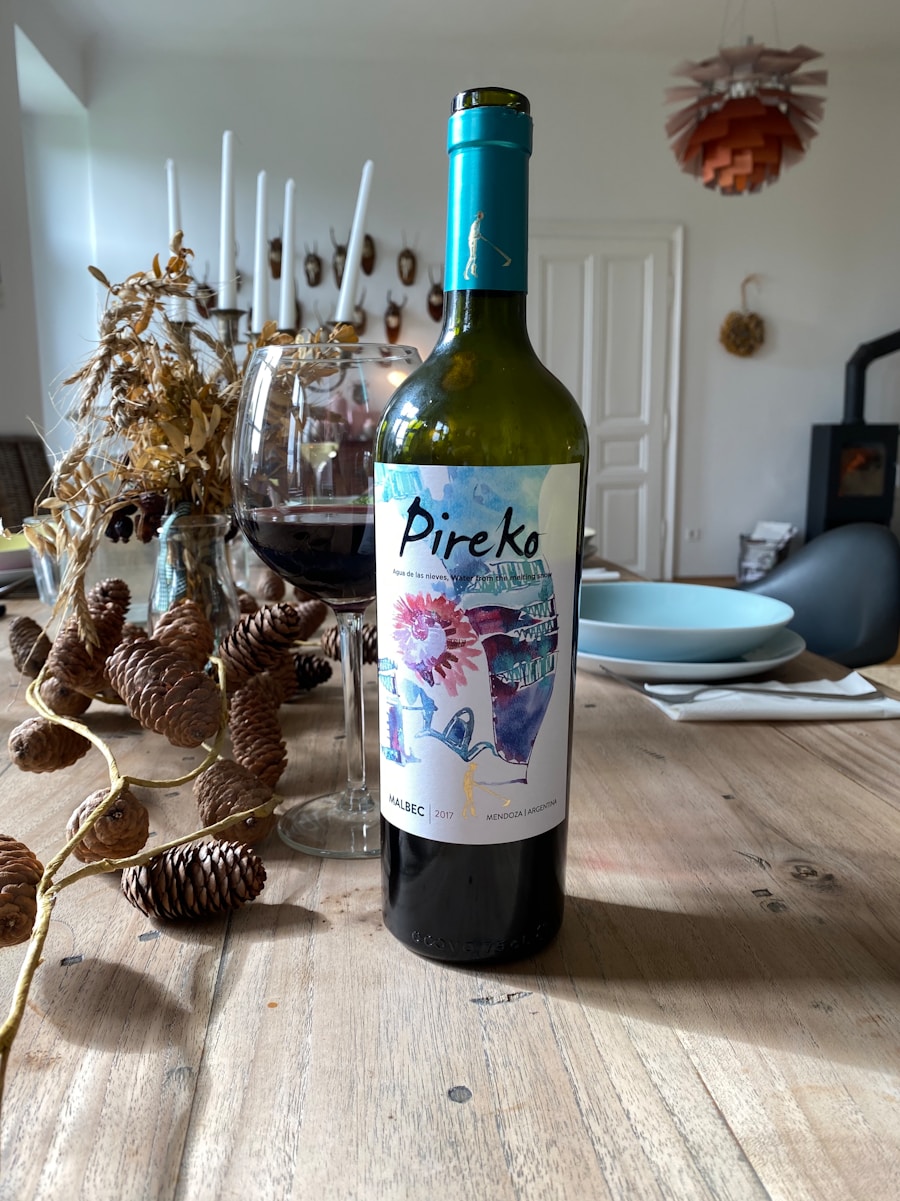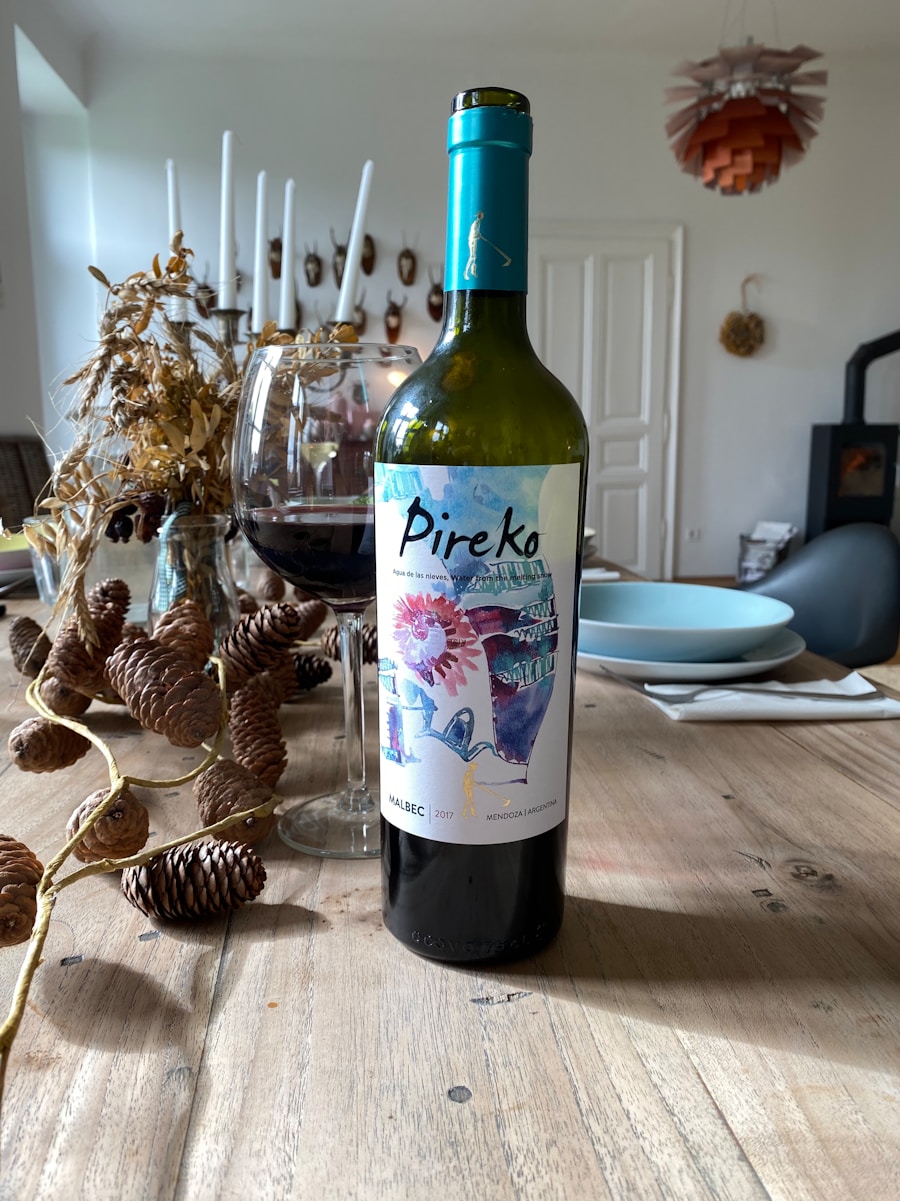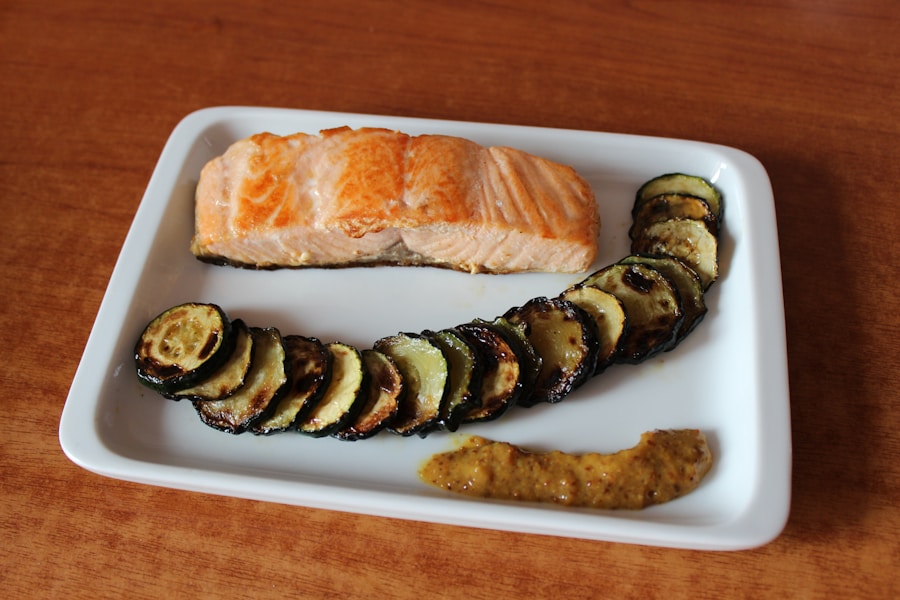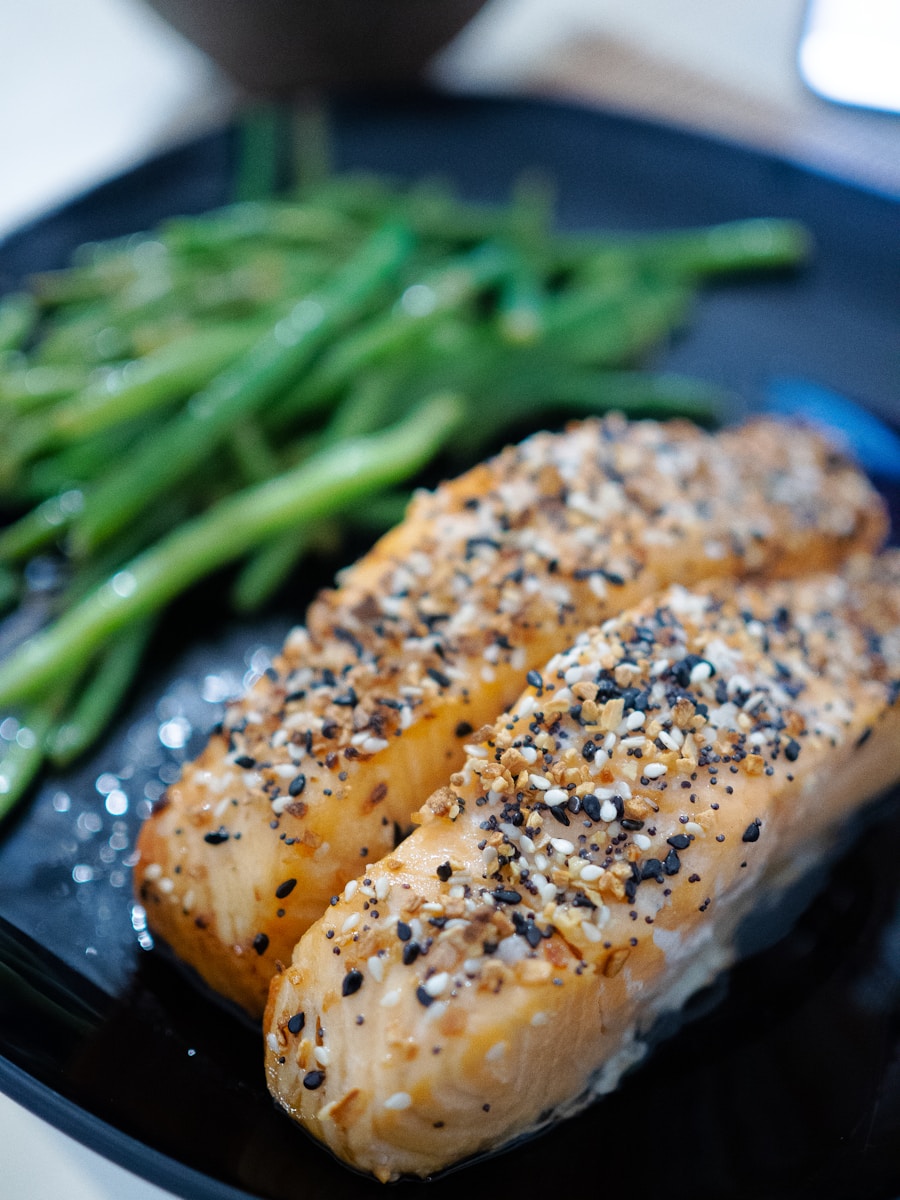Salmon is a fish that has captured the hearts and palates of culinary enthusiasts around the globe. Its versatility is one of its most appealing attributes, allowing it to be prepared in a multitude of ways that cater to various tastes and preferences. From grilling and baking to poaching and smoking, salmon can be adapted to fit any cooking style.
This adaptability is not just limited to cooking methods; the flavor profile of salmon can also be enhanced through a variety of marinades, rubs, and sauces. For instance, a simple lemon-dill marinade can elevate a baked salmon fillet, while a spicy miso glaze can transform it into an Asian-inspired dish. Moreover, salmon’s rich, buttery texture makes it an ideal canvas for a wide range of flavors.
It pairs beautifully with both bold and subtle ingredients, making it suitable for everything from hearty winter dishes to light summer fare. The fish can be served alongside vibrant vegetables, grains, or even fruit salsas, showcasing its ability to complement diverse culinary traditions. Whether it’s a classic salmon en croûte or a contemporary poke bowl, the possibilities are endless.
This inherent versatility not only makes salmon a favorite among home cooks but also a staple in fine dining establishments, where chefs often experiment with innovative presentations and flavor combinations.
Key Takeaways
- Salmon is a versatile fish that can be prepared in a variety of ways, making it a great option for pairing with different wines.
- Pinot Noir’s appeal lies in its light to medium body, high acidity, and complex flavors, making it a popular choice for pairing with salmon.
- The delicate balance of flavors in both salmon and Pinot Noir makes them a perfect match, with the wine complementing the fish’s natural richness.
- Pairing salmon with Pinot Noir offers health benefits, as both are rich in omega-3 fatty acids and antioxidants, promoting heart health and overall well-being.
- When choosing the right Pinot Noir to pair with salmon, look for a wine with good acidity, moderate tannins, and notes of red fruit and earthiness to complement the fish’s flavors.
The Appeal of Pinot Noir
Pinot Noir is often regarded as one of the most elegant and complex red wines available, making it a favorite among wine aficionados. Its appeal lies in its ability to express the terroir from which it originates, showcasing the unique characteristics of the vineyard and region. The grape itself is notoriously difficult to cultivate, requiring specific climatic conditions and meticulous care in the vineyard.
This challenge results in wines that are often nuanced and layered, with flavors ranging from red fruits like cherry and raspberry to earthy undertones of mushroom and forest floor. The light to medium body of Pinot Noir sets it apart from more robust red wines, allowing it to be enjoyed in a variety of settings. Its lower tannin levels make it approachable for those who may find heavier reds overwhelming.
Additionally, Pinot Noir’s natural acidity provides a refreshing quality that enhances its food-pairing potential. This wine can seamlessly transition from casual gatherings to formal dinners, making it a versatile choice for any occasion. The complexity of Pinot Noir also invites exploration; each bottle can offer a different experience based on its vintage and origin, encouraging enthusiasts to delve deeper into the world of wine.
The Delicate Balance of Flavors

When pairing salmon with Pinot Noir, the delicate balance of flavors becomes paramount. Salmon’s rich, fatty profile requires a wine that can complement its richness without overpowering it. The fruit-forward notes of Pinot Noir provide a refreshing contrast to the fish’s oiliness, while its acidity cuts through the fat, creating a harmonious interplay on the palate.
This balance is crucial in achieving a well-rounded dining experience where neither element overshadows the other. Furthermore, the subtle earthiness often found in Pinot Noir can enhance the natural flavors of salmon, particularly when the fish is prepared with herbs or spices that echo those earthy notes. For example, a salmon dish seasoned with thyme or rosemary can find a perfect partner in a Pinot Noir that exhibits similar herbal characteristics.
This synergy between the wine and the dish not only elevates the meal but also encourages diners to appreciate the intricate layers of flavor present in both the salmon and the wine.
The Benefits of Pairing Salmon with Pinot Noir
| Benefits of Pairing Salmon with Pinot Noir |
|---|
| 1. Omega-3 Fatty Acids in Salmon |
| 2. Heart-Healthy Benefits |
| 3. Antioxidants in Pinot Noir |
| 4. Improved Cognitive Function |
| 5. Reduced Risk of Chronic Diseases |
Pairing salmon with Pinot Noir offers numerous benefits that extend beyond mere taste. One significant advantage is the health aspect; both salmon and Pinot Noir are known for their nutritional properties. Salmon is rich in omega-3 fatty acids, which are essential for heart health and cognitive function.
Meanwhile, moderate consumption of red wine like Pinot Noir has been linked to various health benefits due to its high levels of antioxidants, particularly resveratrol. This combination creates a meal that is not only delicious but also nourishing. Additionally, the pairing enhances the overall dining experience by encouraging conversation and exploration among guests.
Wine tasting is often seen as an art form, and when paired with food, it becomes an interactive experience that engages all the senses. The act of savoring each bite of salmon while sipping on Pinot Noir allows diners to discover new flavor nuances and appreciate the craftsmanship behind both the dish and the wine. This shared experience can foster connections among diners, making meals memorable occasions that go beyond mere sustenance.
Tips for Choosing the Right Pinot Noir
Selecting the right Pinot Noir to accompany salmon can significantly enhance the dining experience. One key factor to consider is the region from which the wine originates. Burgundy in France is renowned for its exceptional Pinot Noirs, characterized by their elegance and complexity.
However, regions such as Oregon’s Willamette Valley and California’s Sonoma County also produce outstanding examples that may offer different flavor profiles due to variations in climate and soil. When choosing a Pinot Noir, it’s essential to pay attention to its tasting notes and body. A lighter-bodied Pinot Noir with bright acidity will pair beautifully with grilled or poached salmon, while a fuller-bodied version may complement richer preparations like salmon with creamy sauces or smoked salmon dishes.
Additionally, consider the age of the wine; younger Pinot Noirs tend to be fruitier and more vibrant, while older vintages may exhibit more complex flavors and aromas due to bottle aging.
Cooking Techniques for Salmon

Grilling: A Smoky Flavor
Grilling is a popular method that imparts a smoky flavor to the salmon while allowing it to retain its natural qualities. When grilling, it’s advisable to use skin-on fillets, as it helps protect the flesh from direct heat and prevents it from drying out.
Baking: A Delicate Balance
Baking is another excellent technique for preparing salmon, particularly when combined with flavorful ingredients like herbs or citrus. Baking at a moderate temperature allows for even cooking while preserving moisture. For instance, wrapping salmon fillets in parchment paper with lemon slices and fresh herbs creates a flavorful steam pocket that infuses the fish with aromatic notes.
Poaching: Tender and Flaky
Poaching is yet another method that results in tender, flaky salmon; cooking it gently in broth or wine ensures that it remains moist while absorbing additional flavors.
Exploring Different Styles of Pinot Noir
Pinot Noir is produced in various styles across different regions, each offering unique characteristics that can influence food pairings. For example, New World Pinot Noirs—those from regions like California or New Zealand—tend to be fruit-forward with bolder flavors due to warmer climates. These wines often feature ripe cherry or plum notes and may have hints of spice or vanilla from oak aging.
Such characteristics make them particularly well-suited for richer salmon preparations. In contrast, Old World Pinot Noirs from regions like Burgundy are typically more restrained and nuanced. They often exhibit earthy undertones alongside red fruit flavors, making them an excellent match for herb-seasoned or simply prepared salmon dishes.
Understanding these regional differences allows diners to select a Pinot Noir that not only complements their specific salmon preparation but also enhances their overall culinary experience.
Other Pairing Options for Salmon and Pinot Noir
While the combination of salmon and Pinot Noir is celebrated for its complementary flavors, there are other pairing options worth exploring that can also elevate this classic duo. For instance, white wines such as Chardonnay or Sauvignon Blanc can provide an alternative pairing for those who prefer lighter options. A well-oaked Chardonnay can mirror the richness of salmon while adding layers of buttery flavor that enhance the dish.
Additionally, sparkling wines like Champagne or Prosecco can offer an exciting contrast to salmon dishes, particularly those that are fried or served with rich sauces. The effervescence cuts through fat while providing a refreshing palate cleanser between bites. For those seeking non-alcoholic options, pairing salmon with herbal teas or flavored sparkling waters infused with citrus can create an equally delightful experience without alcohol.
Exploring these alternatives allows diners to appreciate the versatility of both salmon and wine while discovering new flavor combinations that excite their taste buds. Whether sticking with traditional pairings or venturing into uncharted territory, the journey through food and wine remains an enriching experience filled with endless possibilities.



